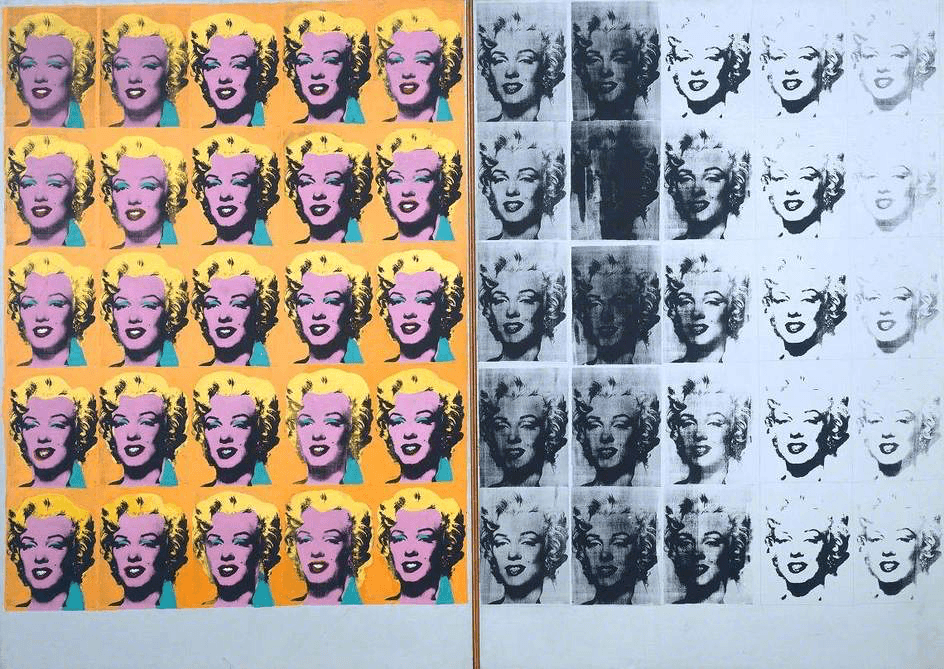
Dig it, Man! Pop Art and Pop Art Furniture Pieces Groovier Than a Lava Lamp
Dig it, folks! Pop Art, the brainchild of British curator Lawrence Alloway, burst onto the scene in 1955. It’s a vibrant rebellion against the stuffy art world, fusing consumerism, new media, and mass reproduction into a revolutionary movement. Alloway coined the term to describe a genre characterized by bold, simple, and everyday imagery, shattering the barrier between commercial and fine arts.
Pop Art maestros drew inspiration from the very fabric of modern life – advertising, pulp magazines, billboards, movies, television, comic strips, and shop windows. Their works, steeped in humor, wit, and irony, danced on the fine line between celebration and critique of popular culture.
Now, buckle up as we delve into the roots of Pop Art. While it’s often linked to the U.S., it took root in Britain in the early 1950s. The ‘Independent Group’ (IG), a collective of artists, writers, and critics, paved the way by bridging the gap between art and the pulsating life of the time. Their groundbreaking exhibition, “This Is Tomorrow,” showcased the seamless integration of art and modern life at the Whitechapel Gallery in London in 1956.
Pop Art – it's not just art; it's a cultural revolution!Across the pond, Pop Art emerged as a rebellious reaction to the dominating force of Abstract Expressionism. Forget the notion of art as a solitary genius’s expression – Pop Art embraced fragments of reality, courtesy of artists like Jasper Johns and Robert Rauschenberg. Johns blurred the lines between art and the everyday by incorporating common objects into painted canvases, while Rauschenberg showcased the “things the mind already knows,” a medley of recurring concepts and popular imagery.
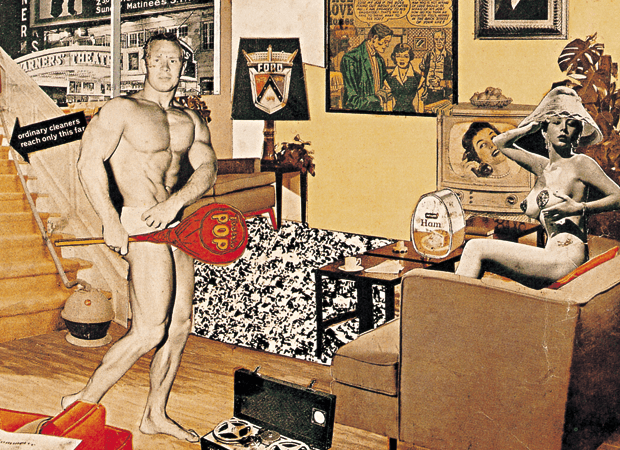
Now, let’s unravel the core ideas fueling Pop Art. In 1957, English Pop Artist Richard Hamilton laid down the manifesto: Pop Art is popular, transient, expendable, low-cost, mass-produced, young, witty, sexy, gimmicky, glamorous, and big business. It embraced the banal, mirroring the era of mass production and banal entertainment. Everyday objects like Campbell’s soup cans and pop culture icons like Marilyn Monroe underwent a metamorphosis into art, becoming symbols of the movement.
Multiplicity and reproduction, hallmarks of mass-production culture, seeped into artistic media and processes. Acrylic paints birthed vivid, flat surfaces, while screen-printing churned out boldly colored images as repeated patterns – a subversion of the traditional idea of painting as a beacon of originality.
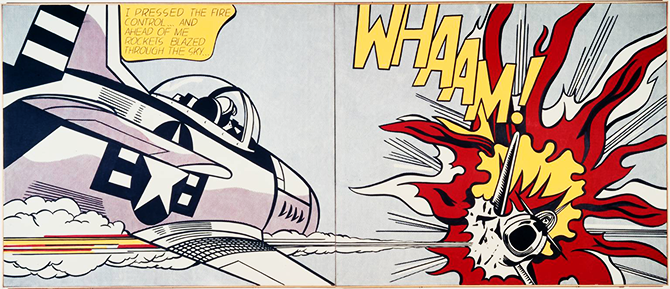
Remember the groovy ’60s, a time when bell-bottoms were wider than your vocabulary and every surface screamed with neon colors and comic book panels? That, my friends, was the era of Pop Art, a rebellion against stuffy museums and beige living rooms. It was all about celebrating the everyday, the kitschy, the oh-so-cool consumer culture, and guess what? Furniture wasn’t just for sitting, it was for shouting, “POW!” from your living room.
So, buckle up, space cadets, and let’s blast off on a tour of 9 pop art furniture pieces that’ll make your avocado fridge weep with envy:
1. Verner Panton’s Panton Chair: Sit Like a Sunbeam: Imagine a plastic, one-piece chair so groovy it looks like it just melted off a lava lamp. That’s the Panton Chair, baby. It’s curvy, it’s colorful, it’s the king of disco nap pods. Just try not to spin around like a human merry-go-round – seriously, your shag carpet won’t survive it.
2. Eero Aarnio’s Ball Chair: The World’s Coolest Bubble Bath (on Land): Picture yourself nestled inside a giant plastic orb, swiveling back and forth like a space hamster. Welcome to the Ball Chair, the furniture equivalent of a giant bubble bath, minus the suds but plus the awesome. Just don’t blame us if your cat starts calling it home.
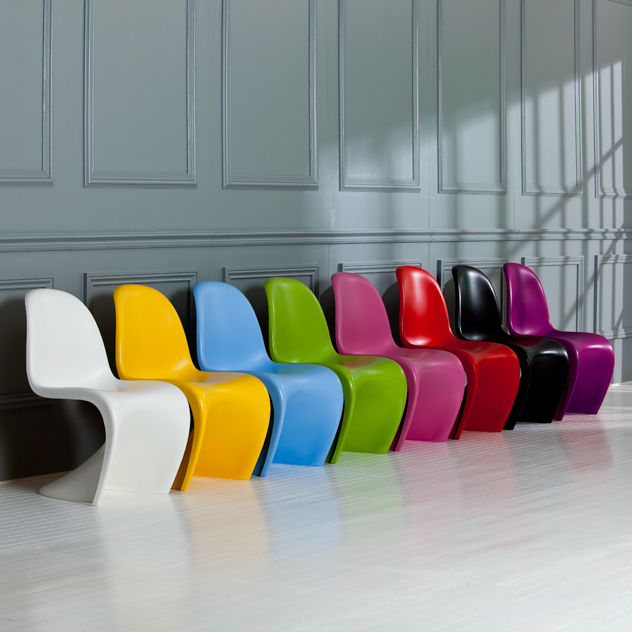
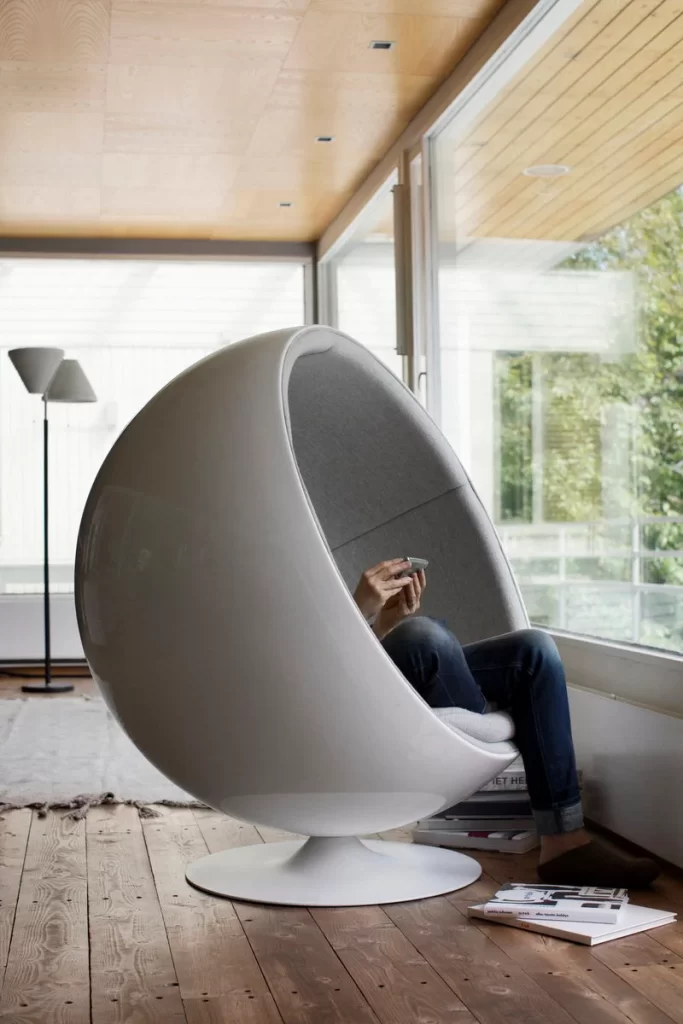
3. Frank Gehry’s Wiggle Chair: Cardboard Chic That Won’t Give You Paper Cuts: Before he was building buildings that looked like crumpled aluminum foil, Gehry was bending cardboard into furniture so comfy it’ll make your beanbag jealous. The Wiggle Chair is proof that you don’t need mahogany and velvet to get cozy – just some good ol’ recycled cardboard and a whole lotta sass.
4. Joe Colombo’s Elda Armchair: Fur, Fiberglass, and the Future: This chair is like a furry spaceship landed in your living room. A fiberglass shell wrapped in plush fur, it’s the kind of seat that screams “I party with robots and drink cocktails with chrome straws.” Just don’t let your dog get any ideas – that fur is not for slobbery kisses.
Pop Art is popular, transient, expendable, low-cost, mass-produced, young, witty, sexy, gimmicky, glamorous, and big business. It embraced the banal, mirroring the era of mass production and banal entertainment.
5. Gae Aulenti’s Pippo Lamp: A Blown-Up Marble Worth Staring At: Forget boring old lampshades, this one’s a giant sphere of blown glass perched on a skinny metal stem. It’s like gazing into a groovy fishbowl, but instead of guppies, you’ll see cool cats sipping martinis under lava lamps. Just don’t forget the dimmer switch – this lamp ain’t shy.
6. Ettore Sottsass’s Carlton Console: Clashing Colors and Geometric Dreams: This console is like a party for your eyeballs. Bold geometric shapes, clashing patterns, and colors that would make a peacock jealous – it’s the furniture equivalent of a disco ball dropped into a paint factory. Just don’t put your grandma’s delicate teacups on it – they might faint from the excitement.

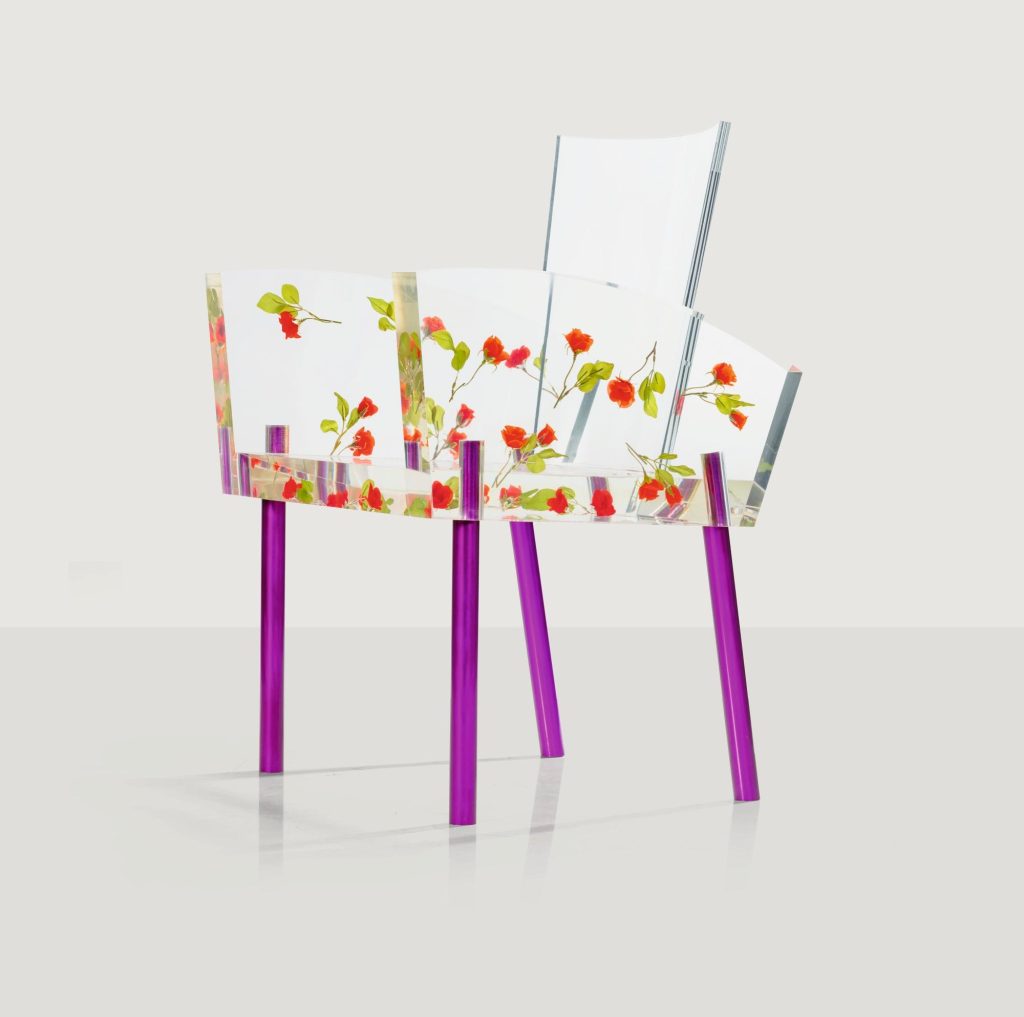
7. Shiro Kuramata’s Miss Blanche Chair: See-Through Chic for the Transparent Trendsetter: This chair is made of layered acrylic sheets, so it’s basically furniture you can see through. It’s like sitting on a cloud made of rainbows, perfect for pretending you’re a floating space princess. Just be careful with the red wine – nobody wants a see-through stain.
8. Marc Newson’s Orgone Lounge Chair: Furry Futures and Fiberglass Feels: This chaise longue is like a futuristic dream come true. Molded fiberglass covered in plush fur, it’s the kind of seat that would make James Bond jealous. Just don’t try to pet it – you might end up with a fistful of synthetic fibers.
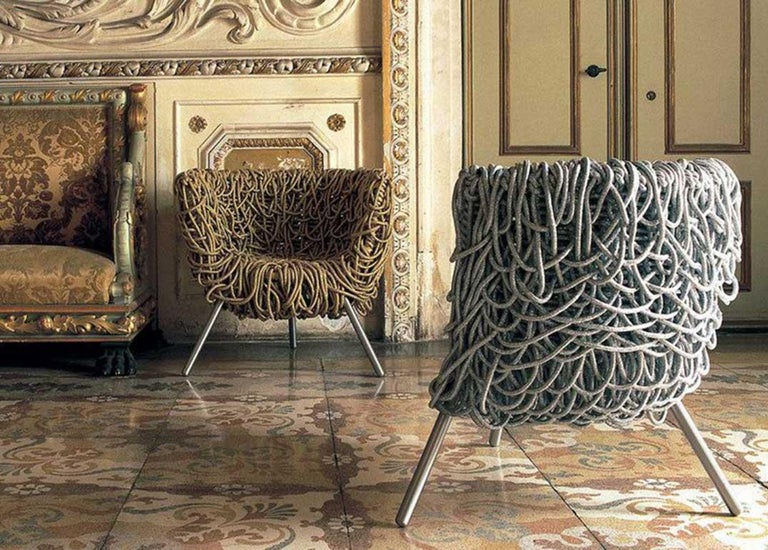
9. Campana Brothers’ Vermelha Armchair: Plastic Rope, Red Hot Style: This chair is basically a giant ball of yarn gone wild. Made from hundreds of red plastic tubes, it’s like sitting inside a technicolor spiderweb. Just don’t blame your kids if they try to climb it – that’s what jungle gyms are for.

0 comments